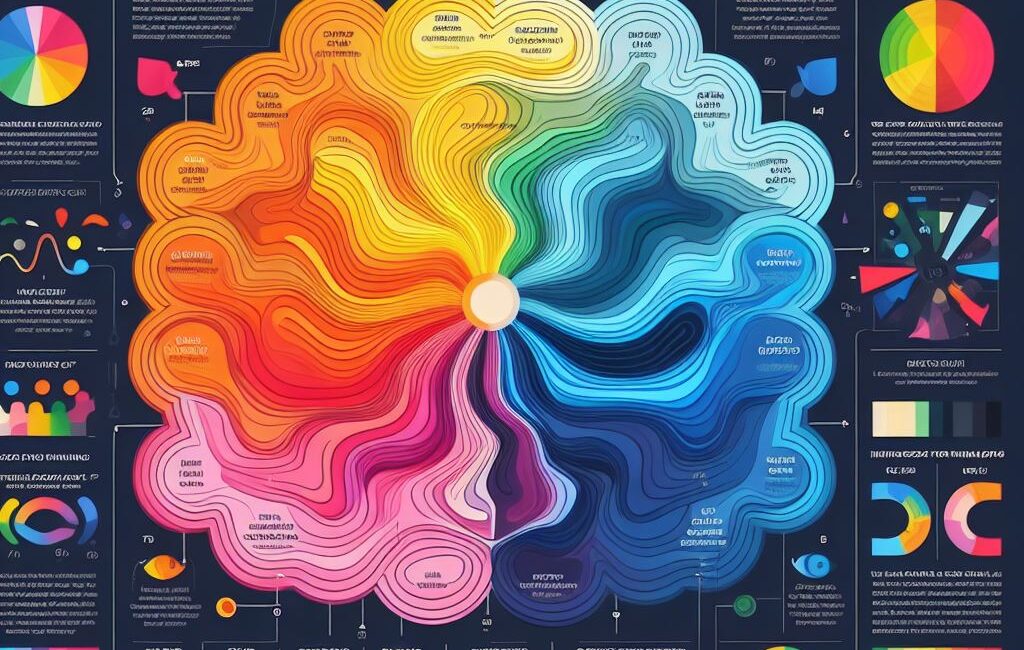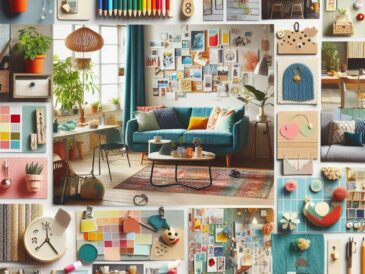Color has a profound effect on our emotions, perceptions, and behaviors, influencing how we feel and interact with our surroundings. From calming blues to energizing yellows, each color evokes a unique psychological response that can shape the mood and atmosphere of a space. Understanding the psychology of color can help you choose the perfect hues for your home decor, creating environments that promote well-being, productivity, and harmony. Here’s how different colors impact your mood and space:
- Blue: Blue is often associated with calmness, tranquility, and serenity, making it an excellent choice for bedrooms, bathrooms, and other spaces where relaxation is desired. Lighter shades of blue evoke a sense of peace and clarity, while deeper shades can create a sense of depth and introspection. Blue is also believed to stimulate creativity and promote mental focus, making it a popular choice for home offices and creative spaces.
- Green: Green is the color of nature and symbolizes growth, renewal, and vitality. It has a soothing and restorative effect on the mind and body, making it ideal for spaces where relaxation and rejuvenation are important, such as bedrooms, living rooms, and meditation areas. Green is also associated with balance and harmony, creating a sense of equilibrium and connection with the natural world.
- Yellow: Yellow is the color of sunshine and happiness, evoking feelings of optimism, energy, and warmth. It is known to stimulate the mind and uplift the spirit, making it an excellent choice for kitchens, dining rooms, and other gathering spaces where socialization and activity are encouraged. Yellow can also enhance creativity and promote a sense of positivity and optimism, making it a popular choice for home offices and creative studios.
- Red: Red is a bold and powerful color that evokes passion, excitement, and intensity. It has a stimulating effect on the senses, increasing heart rate and blood pressure, and energizing the body and mind. Red is often used as an accent color to add drama and vibrancy to a space, but it should be used sparingly as it can be overwhelming in large doses. Red is also associated with courage and confidence, making it a popular choice for entryways and other areas where a bold statement is desired.
- Purple: Purple is the color of royalty and luxury, evoking feelings of elegance, sophistication, and creativity. It has a calming and meditative effect on the mind, making it an excellent choice for bedrooms, meditation rooms, and other spaces where relaxation and introspection are valued. Purple is also associated with spirituality and intuition, making it a popular choice for spaces dedicated to mindfulness and self-discovery.
- Orange: Orange is a warm and vibrant color that evokes feelings of enthusiasm, creativity, and vitality. It is known to stimulate the appetite and promote social interaction, making it a popular choice for kitchens, dining rooms, and other gathering spaces. Orange is also associated with joy and celebration, making it a great choice for playrooms, home theaters, and other areas where fun and entertainment are encouraged.
- Neutral Colors: Neutral colors such as white, beige, and gray provide a versatile and timeless backdrop for any decor style. They create a sense of balance and harmony, allowing other colors and textures to stand out. Neutral colors are also known to evoke feelings of calmness and simplicity, making them ideal for bedrooms, living rooms, and other spaces where a serene and uncluttered atmosphere is desired.
The psychology of color plays a crucial role in shaping the mood and atmosphere of a space. By understanding how different hues impact our emotions and perceptions, you can create environments that promote well-being, productivity, and harmony in your home. Whether you’re looking to create a calming retreat, an energizing workspace, or a cozy gathering spot, choosing the right colors can help you achieve the desired effect and create a space that feels both comfortable and inspiring.


